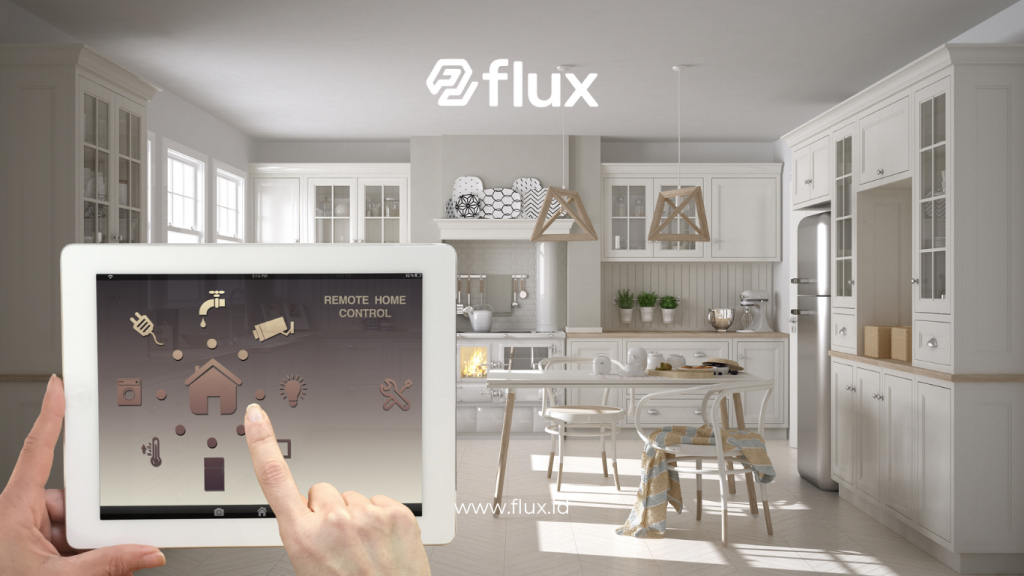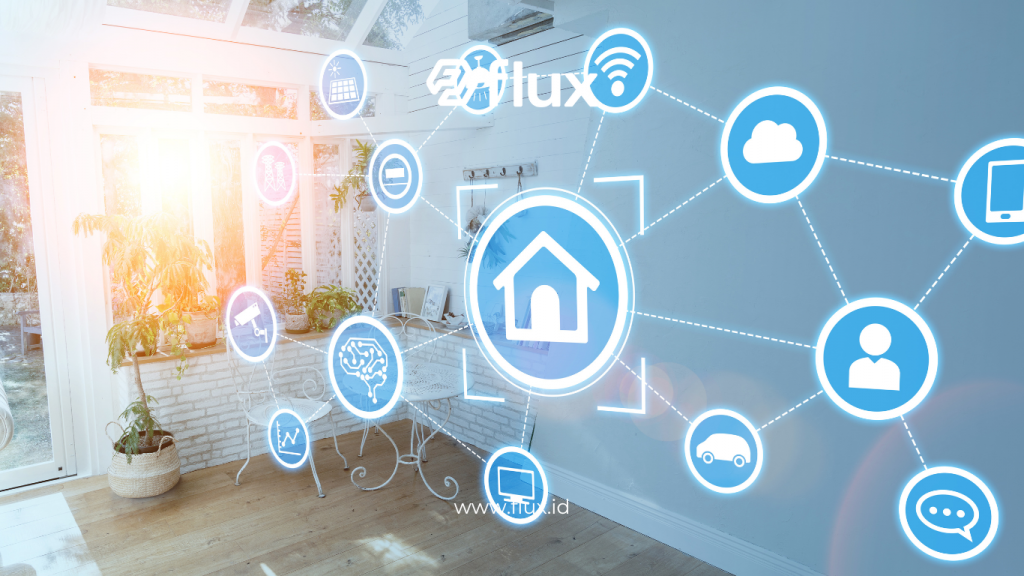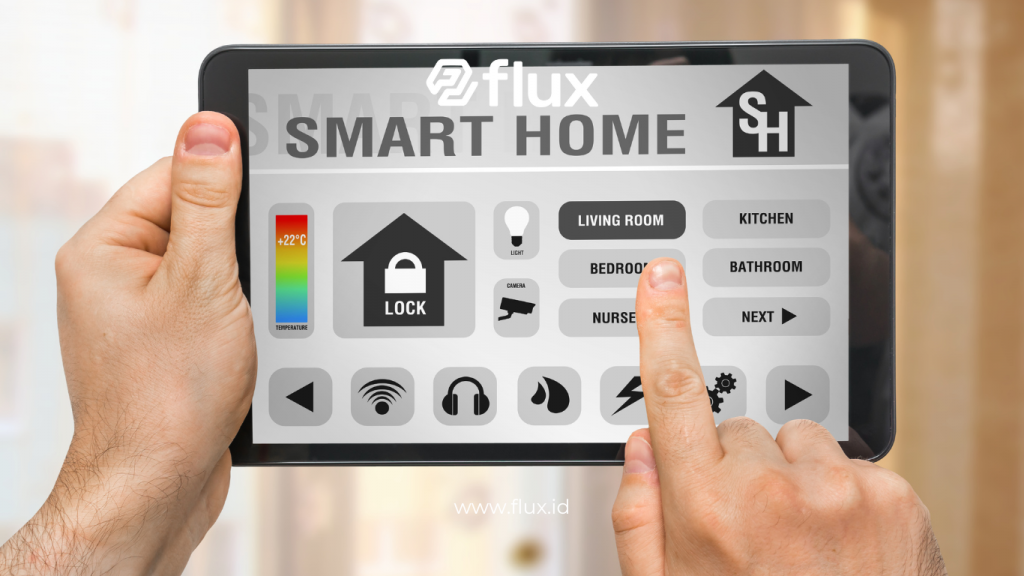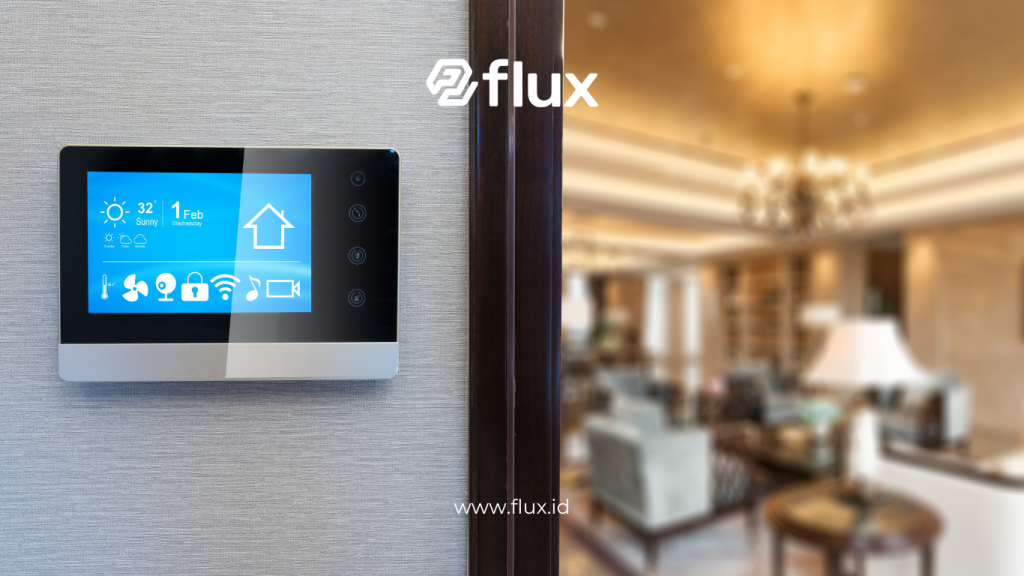Don't miss our holiday offer - 20% OFF!
In recent years, Internet of Things (IoT) technology has revolutionized the way we interact with our environment. One of the most significant applications of IoT is in the concept of smart homes. Smart homes allow various devices to connect and communicate with each other, creating a more comfortable, efficient, and secure living environment. This article will explain how implementing IoT in smart homes can enhance our quality of life.
Contents
1. What Is a Smart Home?

Read More: IoT Application in Smart Homes: Optimizing Comfort and Security
A smart home is a concept where devices within the home are connected to the internet and can be controlled remotely. Using a smartphone, tablet, or other devices, homeowners can manage various aspects of their home, such as lighting, security, and temperature, in real-time.
1.1. Benefits of Smart Homes
- Convenience: Users can control devices remotely, such as turning on lights or adjusting the air conditioning before arriving home.
- Energy Efficiency: IoT devices can help reduce energy consumption by optimizing electricity use.
- Security: Smart security systems can monitor the home and send alerts immediately if suspicious activity is detected.
2. Key Components of Smart Homes

Read More: Optimizing Smart Homes with Motion Sensor (PIR): Technology, Function, and Benefits
Some of the main components commonly found in smart home systems include:
2.1. Smart Lighting Systems
With smart lighting technology, users can control lights remotely, adjust brightness, and even schedule lighting according to their needs.
2.2. Smart Thermostats
Smart thermostats allow users to automatically adjust the temperature of their homes, saving energy and maintaining comfort. With learning features, the thermostat can adjust the temperature based on user habits.
2.3. Smart Security Systems
This system includes cameras, motion sensors, and alarms connected to an app on a smartphone. Users can monitor their homes in real-time and receive notifications if suspicious activity occurs.
2.4. Voice Assistants
Voice assistants like Amazon Alexa, Google Assistant, or Apple HomeKit make it easy for users to control devices with their voice, enhancing accessibility and convenience.
3. Implementing IoT in Daily Life

Read More: Technology Behind Fire and Gas Sensors: Enhancing Protection and Response in Smart Cities
Here are some ways that implementing IoT in daily life can enhance quality of life:
3.1. Home Automation
With automation, users can set devices to work together. For example, lights can turn on when a door is opened, or the thermostat can adjust the temperature when users return home.
3.2. Health Monitoring
Some smart devices can monitor users’ health, such as blood pressure, heart rate, and sleep quality. This data can help users maintain their health better.
3.3. Energy Management
Using IoT devices can help users manage energy consumption more efficiently. For instance, users can monitor energy usage in real-time and identify devices that consume excessive energy.
4. Challenges and Considerations in Smart Home Implementation

Read More: Comfort and Security with Smart Living Technology
Despite the many benefits, implementing IoT in smart homes also comes with challenges and considerations:
4.1. Security and Privacy
With many connected devices, the risks to security and privacy increase. Users must ensure their devices and networks are protected against potential threats.
4.2. Device Compatibility
Not all smart devices can connect to each other. Therefore, it is important to choose compatible devices to ensure they work synergistically.
4.3. Initial Costs
The initial investment to turn a home into a smart home can be significant. However, many users find that the energy savings and comfort gained outweigh the costs.
5. Examples of IoT Implementation in Smart Homes

Read More: Introduction to Internet of Things (IoT): Digital Revolution in the Modern Era
Here are some real-world examples of IoT implementation in smart homes:
5.1. Smart Lighting
Smart lighting systems like Philips Hue allow users to control lighting via an app. Users can change colors, brightness, and lighting schedules as desired.
5.2. Smart Security Systems
Smart security systems like Ring or Arlo offer surveillance cameras that can be accessed through an app. Users can receive notifications and monitor their homes from anywhere.
5.3. Smart Thermostats
The Nest Learning Thermostat learns from user habits and optimizes energy use by automatically adjusting temperatures.
6. Tips for Starting Your Own Smart Home

Read More: What is a Motion Sensor (PIR) and How Does It Work? A Guide to Smart Security Systems
If you’re interested in implementing the smart home concept, here are some tips to get started:
6.1. Identify Your Needs
Determine which aspects of your life you want to enhance with technology. Is it convenience, security, or energy efficiency?
6.2. Choose Compatible Devices
Ensure that the devices you choose can connect to each other. Incompatible devices can cause issues within the system.
6.3. Consider Security
Invest in security devices to protect your network. Use strong passwords and update software regularly.
6.4. Start with One System
Don’t try to automate everything at once. Start with one system, such as smart lighting, and gradually add other devices.
Conclusion
Implementing IoT in smart homes has brought significant changes to the way we live our daily lives. By utilizing this technology, we can enhance our quality of life, comfort, and efficiency at home. While there are challenges to address, the benefits gained are worth the effort. With technology continually advancing, the future of smart homes is bright, and we all have the potential to enjoy a better quality of life.





